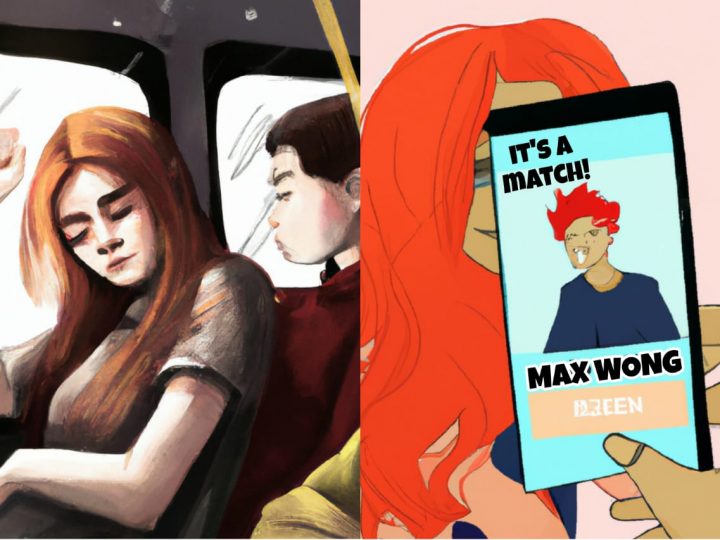The Controversial ‘Hot Librarian Look’: A Double-Edged Fashion Sword
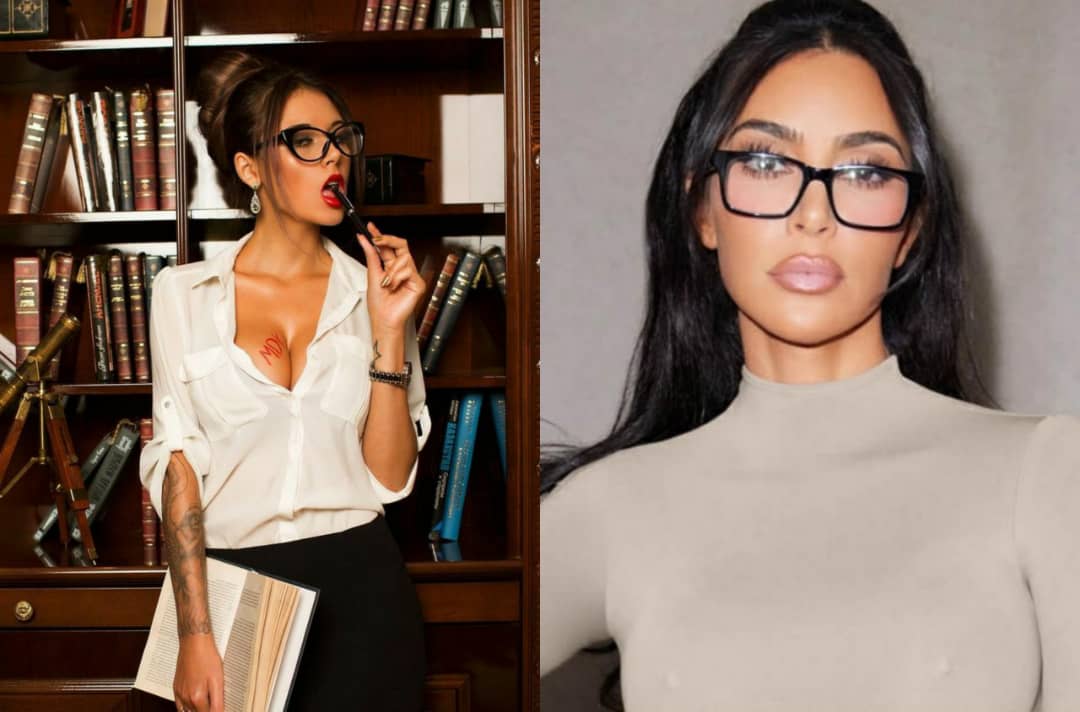 Thirsty for JUICE content? Quench your cravings on our Instagram, TikTok and WhatsApp
Thirsty for JUICE content? Quench your cravings on our Instagram, TikTok and WhatsApp
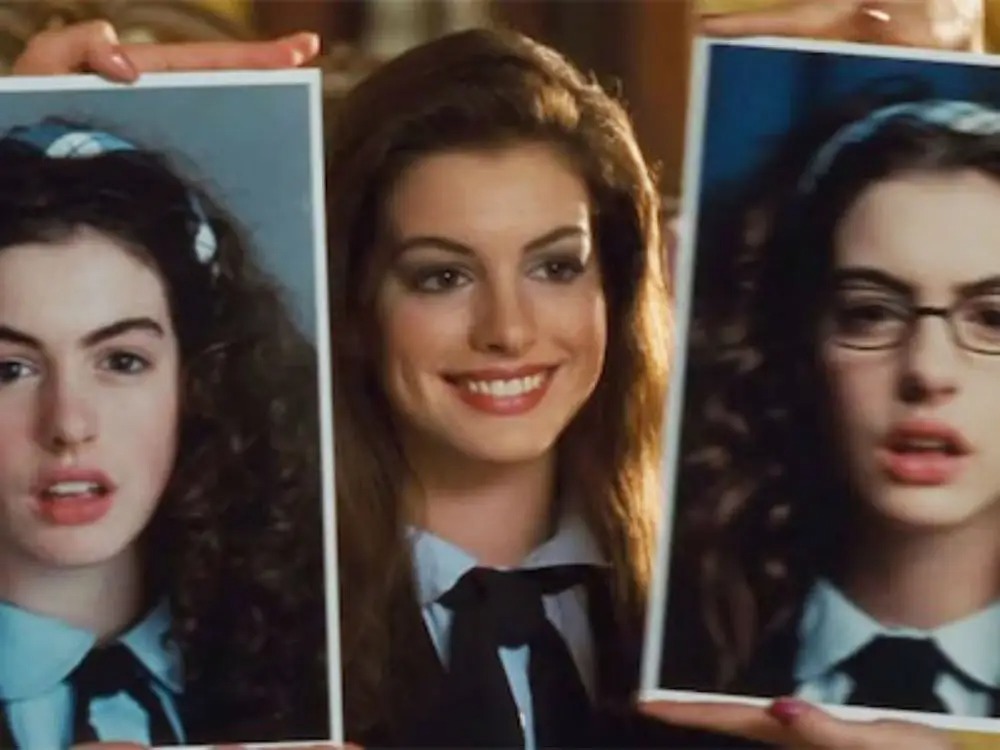
In the fast-paced world of fashion, the resurgence of the ‘Hot Librarian Look’ has stirred up a whirlwind of mixed emotions among the public. For some, it represents a fun and revolutionary departure from conventional beauty standards, challenging the notion that glasses are a hindrance to attractiveness.
This would mark a shift in perception, breaking free from the cliché movie makeover scenes where glasses are the first thing to be discarded, and instead embracing them as a desirable accessory.
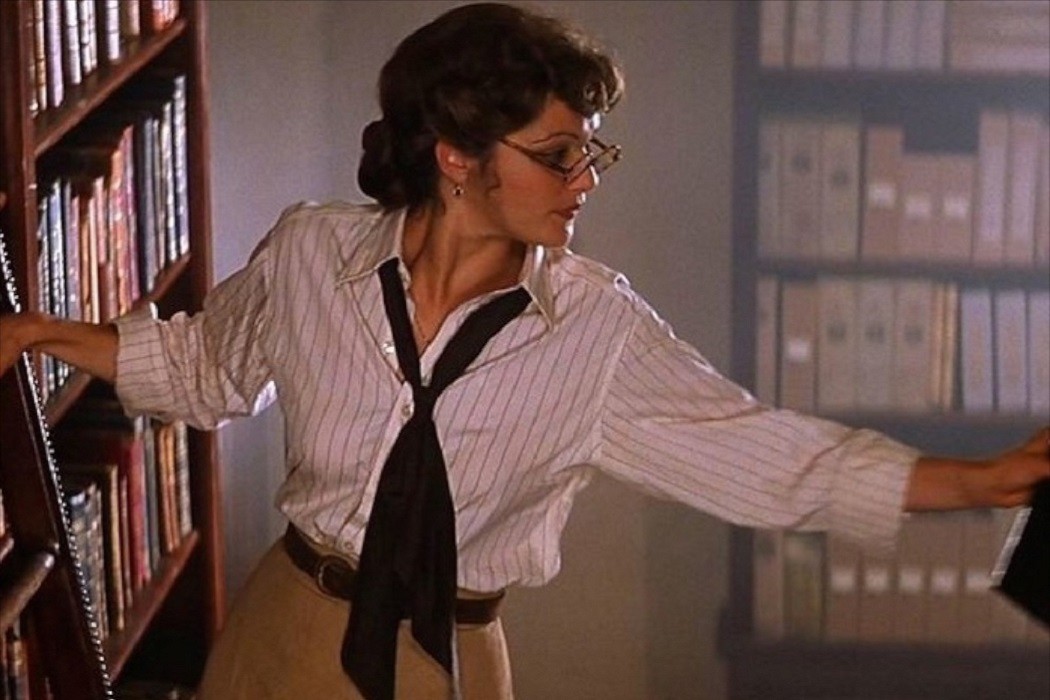
Of course, there’s also the other side of the coin, where donning large-rimmed glasses could be a way to pray tribute to ‘Hot Librarian’ characters on film (hello, Rachel Weisz!), much like a Halloween costume – which also somewhat celebrates glasses as a type of fashion statement.
Plus, in an era where diversity and inclusivity are increasingly valued, the ‘Hot Librarian Look’ challenges the monolithic ideals of beauty that have dominated the fashion industry for decades. It invites people of all backgrounds, body types, and styles to participate in the narrative, embracing their quirks and offering a refreshing perspective that beauty comes in myriad forms. In this context, this newfound sense of belonging can further bolster the trend’s empowering effect, reinforcing the idea that fashion can be a unifying force, breaking barriers and bridging gaps…
But not everyone is for it.

There exists a significant faction of critics, particularly netizens, who view the ‘Hot Librarian Look’ as an unnecessary excuse to sexualise women, perpetuating harmful stereotypes. The intrigue surrounding glasses, especially in certain genres of pornography where roleplay themes like student-teacher scenarios abound, has added fuel to this controversy.
The notion that glasses make women appear ‘dorky’ in such contexts has raised concerns about the fetishisation of intelligence (yes, that exists) and the objectification of women under the guise of fashion.
Empowerment Or Objectification?
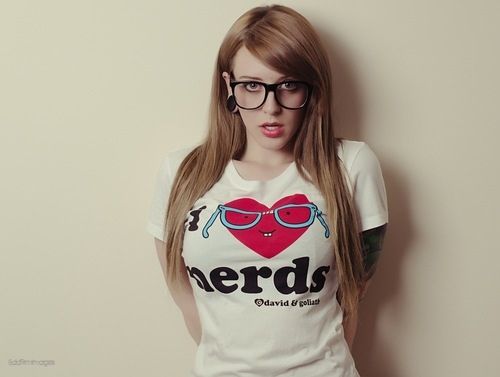
At its core, the debate over the ‘Hot Librarian Look’ boils down to a question of empowerment versus objectification. Can embracing the geek chic aesthetic empower individuals, allowing them to express their confidence and intelligence unapologetically? Or does it inadvertently reinforce harmful stereotypes, reducing women to mere objects of desire based on a pair of glasses?
Proponents of the trend argue that it’s a celebration of individuality, allowing people to feel confident in their skin, regardless of societal judgments. They contend that reclaiming the ‘dorky’ glasses stereotype and turning it into a fashion statement is a form of empowerment, challenging traditional norms and expanding the definition of beauty.

Contrastingly, critics worry that this trend risks normalising the sexualisation of women, especially in contexts where glasses are fetishised. The line between embracing one’s individuality, autonomy in fashion, and succumbing to objectification becomes blurry. The potential consequence is a subtle erosion of self-esteem, as individuals may internalise the idea that their worth hinges on conforming to a particular look, ultimately backfiring on those who choose to sport the look.
The staple use of glasses in completing the look can also be tied to the ‘schoolgirl’ fetish, also commonly used in porn, further enabling the sexualisation of minors or people in professional settings, which we know can manifest in extremely unfavourable ways IRL.
This trend is not unique in its dual potential for empowerment and harm; several other fashion trends walk a similar tightrope. For instance, we have the phenomenon of ‘athleisure’. While this trend encourages comfort and promotes an active lifestyle, it can also create unrealistic body expectations and pressure individuals to adhere to a certain fitness ideal.

Another recent trend was the clean girl look, which may have lightened the public perception towards oiled hair and turmeric milk, but conversely ‘stole’ its concept from traditions of oppressed and ridiculed cultures, while perpetuating harmful notions of beauty based on skin tone and body type.
Similarly, the resurgence of vintage fashion, while celebrated for its timeless charm, can inadvertently fuel nostalgia for eras marked by inequality and limited social progress. Whale-bone corsets are vintage items for a reason.
Additionally, if we’re looking at this trend as a dual-edged sword, there might be a third blade to take into consideration.
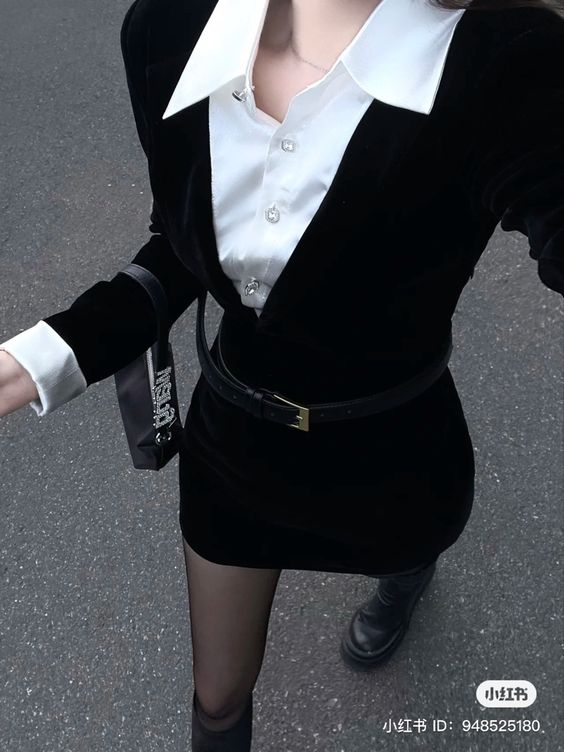
This new iteration is ‘rebranding’ the hot librarian in a way that leans towards what can be termed as ‘officecore,’ shedding the necessity of glasses while embracing the allure of tight pencil skirts paired with (sometimes sheer) office shirts.
This may solve the issues of sexualisation to some, and even serve as way to ‘romanticise’ corporate culture, but while seemingly liberating individuals from the need for accessories like glasses, this approach seems to maintain the sexualisation of women, not in the traditional sense of revealing attire, but by playing into the trope of intelligence and professionalism as inherently ‘seductive’ qualities.
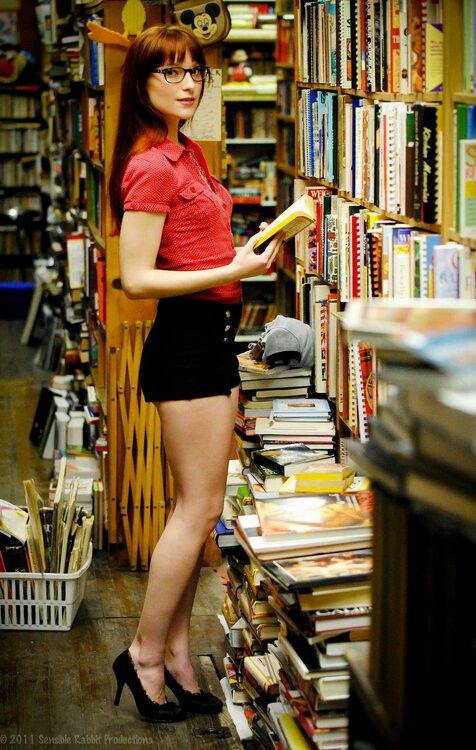
In this nuanced argument, the focus once again shifts from a specific accessory to the broader context of how intelligence and authority are portrayed.
All in all, whether seen as a playful rebellion against conventional beauty norms or a potential perpetuation of harmful stereotypes, the ‘Hot Librarian Look’ prompts important conversations about empowerment, objectification, and inclusivity.
What’s your take on it? Let us know in the comments!


 Get Audio+
Get Audio+ Hot FM
Hot FM Kool 101
Kool 101 Eight FM
Eight FM Fly FM
Fly FM Molek FM
Molek FM

